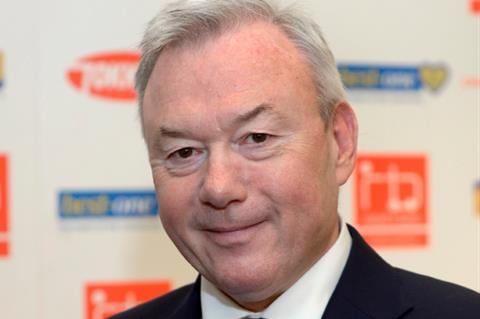
The PRA has welcomed praise from the RAC for independent retailers who are undercutting supermarket fuel prices, but has warned motorists must expect higher margins as operators battle escalating costs.
Commenting its the latest monthly data on petrol and diesel prices, RAC fuel spokesman Simon Williams said: “Many drivers will have noticed there lots of smaller forecourts which are now selling fuel much cheaper than the supermarkets. We would urge everyone to shop around for the best deals rather than simply assuming the supermarkets are the lowest because they have been in the past.”
However, he also drew attention to much higher margins being charged than has been usual in the past.
PRA executive director Gordon Balmer reponded: “This year we have seen intense price volatility for petrol and diesel and prices are now back on an upward curve ahead of the OPEC+ meeting.
“To remain in business fuel retailers have had to contend with increased operating costs driven by a 40-year high inflation rate and these must be covered hence the need for increased fuel margins.”
He added: “I was pleased to see that the RAC have highlighted that independents and smaller forecourts are more competitive than the supermarkets. My advice to motorists is to shop around.”
RAC Fuel Watch data showed that the average price of petrol fell by nearly 7ppl (6.69ppl) to 162.89ppl in September – the sixth biggest monthly drop since 2000.
A litre of diesel also reduced in September but only by 3.5ppl, finishing the month at 180.16ppl.
The average price of unleaded at the big four supermarkets also fell nearly 7ppl (6.6ppl) to 161.30ppl but unusually this is only 1.5ppl lower than the UK average – normally it’s around 3.5ppl cheaper. Supermarket diesel, however, only came down 1.4ppl to 178.56ppl which is 2ppl less than the UK average drop of 3.58ppl. Diesel is also normally 3.pl cheaper at one of the big supermarkets.
Williams commented: “Despite September seeing the sixth biggest ever drop in the price of petrol drivers really should have seen a far bigger drop as the wholesale price of delivered petrol was around 120p for the whole month. This means forecourts across the country should have been displaying prices around 152p given the long-term margin on unleaded is 7p a litre.
“In stark contrast to this RAC Fuel Watch data has shown margins to be around 17p a litre – 10p more than normal. And the average price of petrol at the big four supermarkets is only 1.5p lower than the UK average – less than half what it usually is which points heavily to them not playing fair with drivers.
“Despite the plunge in the value of the pound the fact oil is trading under $90 a barrel should lead to better prices at the pumps if only more retailers would pass on the savings they’re currently getting every time they buy new stock.
“But it’s also important to realise there is the potential for things to change quickly due to the weakness of the pound. Having just dropped to a record low against the dollar and still only trading at $1.1, all we would need is for the price of oil to start rising to cause both petrol and diesel prices to rapidly start going back up again.
“With oil producer group OPEC and its allies meeting today much will depend on how big their expected production cut turns out to be. But it goes without saying that any further output restriction will not be good for drivers as it will inevitably – as intended – push up the barrel price, ultimately making fuel more expensive.”





















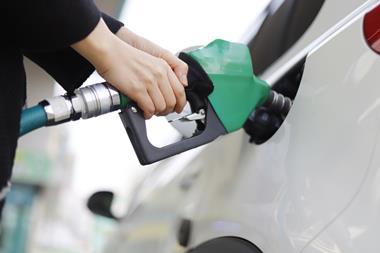


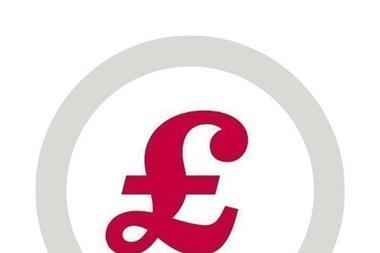
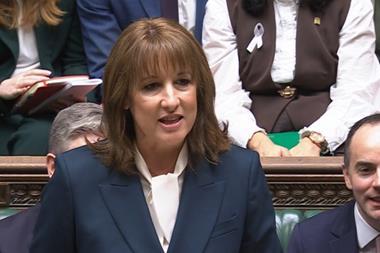
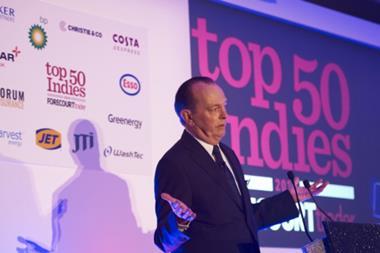


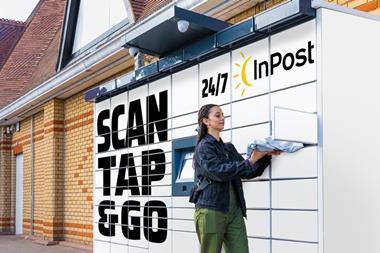
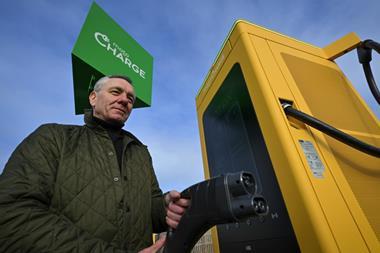
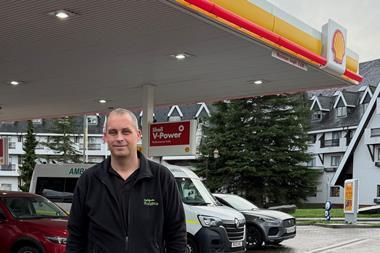

No comments yet